Star Trek has inspired legions of fans to not only to be more out and proud in the universe, but to also engage in artistic expression. Samuel Hatmaker (they/them) is one of those creative queer fans. A toy designer who has worked with top-tier brands like Disney, Hasbro, and Mattel, Hatmaker recently unveiled Lego artwork at Miami's Art Basel dedicated to the long-running franchise.
Their piece de resistance was Boldly Go, a 6'8"-tall portrait of Gene Roddenberry, crafted from the colorful plastic building blocks. Hatmaker compared it to a modern folk-art quilt; in addition to the depiction of the creator, 55 Star Trek stories, scenes, and characters were incorporated into the piece in celebration of the franchise's 55th anniversary last year.
"I had never built anything that big, and the challenges of making it structurally sound...excited and inspired me," Hatmaker says. "Star Trek has always been a beacon of inclusivity," they note. "The original series had the most diverse cast on television at the time, and they all worked together for the betterment of mankind. For a queer kid, the idea of acceptance was very appealing."
Hatmaker also gravitated to Lego as a kid; they began building at age 3 and continued through college. After a 10-year gap, they returned to the plastic blocks to create bona fide works of art. "I make art in many mediums, but Lego has always been a favorite," they say. "My first portrait was made as an experimental gift for a friend's birthday. The response at the party was so positive it encouraged me to do more."
Hatmaker uses Lego to build artistic shrines to their queer passions: a Jem and the Holograms playset; sculptures of Divine and Edith Massey from John Waters's Pink Flamingos; a 10-inch Elvira resembling a supersized goth Lego person; busts of queens from RuPaul's Drag Race; and mini-figures of Madonna showcasing the iconic looks of her career. A recreation of the Golden Girls house went viral, prompting Lego to consider adapting it as an official set. Ultimately, the brand decided against it. "I would still love for them to do it," Hatmaker shares.
These subjects -- and Lego itself -- were a lifeline for Hatmaker growing up; they were part of a broader geek culture where the budding artist discovered creative passion and, later, a community. "Geek culture was my escape as a child," they say. "I loved superheroes and space exploration, the dream of living in a world where there was honor and justice and people worked together as a team. As LGBTQ+ characters started showing up in comics and movies, I saw representation of myself and no longer felt so alone in the world. As I got older and found counterculture like John Waters movies and The Rocky Horror Picture Show, I realized all the things I had been told were perverted and shameful were celebrated by other people. I had found my true family."
Hatmaker loves Lego as a medium for its versatility, which is "designed so all Lego elements, old or new, are compatible," they explain. "For example, the Duplo Lego [toddler set] will still connect with normal bricks, so as children grow, they can continue to use the old pieces. Therefore, pieces are never garbage, unlike most other toys that end up in landfills after a few years. The more pieces you have, the more amazing things you can build."
Hatmaker also loves how Lego, unlike many children's toys, defies the gender binary. "I don't think any toy is as inclusive as Lego. It transcends age, sex, and ability," they assert. "There is no right or wrong in building, and it's not competitive. Although stores still seem to insist on separating sets into gendered rows, the sets themselves are not gendered. They build sets on themes ranging from Mickey Mouse to Queer Eye, from castles to flower arrangements and wearable jewelry. I would love to see gender-specific items in general become more and more obsolete."
They hope their queer Lego creations help push children's toys to become LGBTQ-inclusive -- and galvanize young people to let their freak Lego fly. "We live in a Judeo-Christian culture that is rooted in homophobia, which is taught to children at a very young age," they say. "Gendered colors and toys leave no room for queer exploration. Even the discussion of anything queer is looked at by many as adult subject matter. If even one kid sees my art and is inspired, my creation has been worth it."
Samuel Hatmaker was a finalist on the first season of the Fox reality show Lego Masters. Their Lego creations have been shown around the world; an erotic exhibition, "The Bricks I've Played With," can be viewed at West Hollywood's Circus of Books until March 10. See their works online at SamuelHatmaker.com or on Instagram @SamuelHatmaker
This article is featured in Out's January/February 2022 issue, a special LGBTQ+ Star Trek edition appearing on newsstands February 22. Support queer media and subscribe -- or download the issue through Amazon, Kindle, Nook, or Apple News.


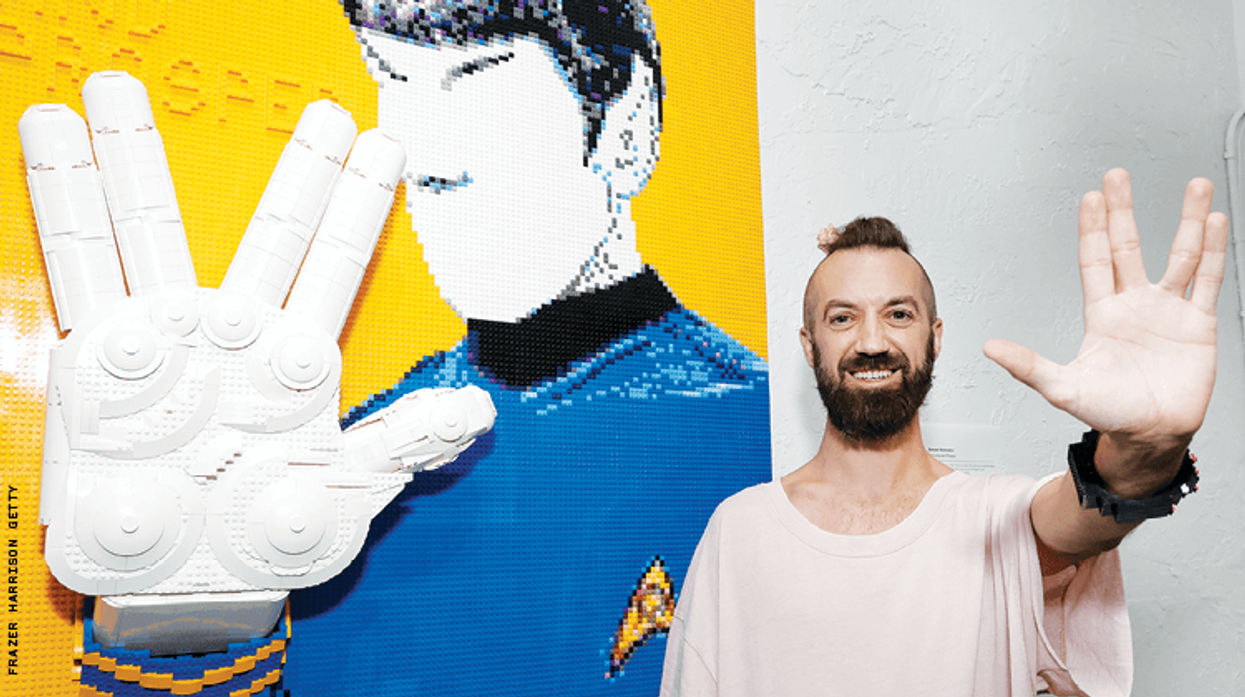

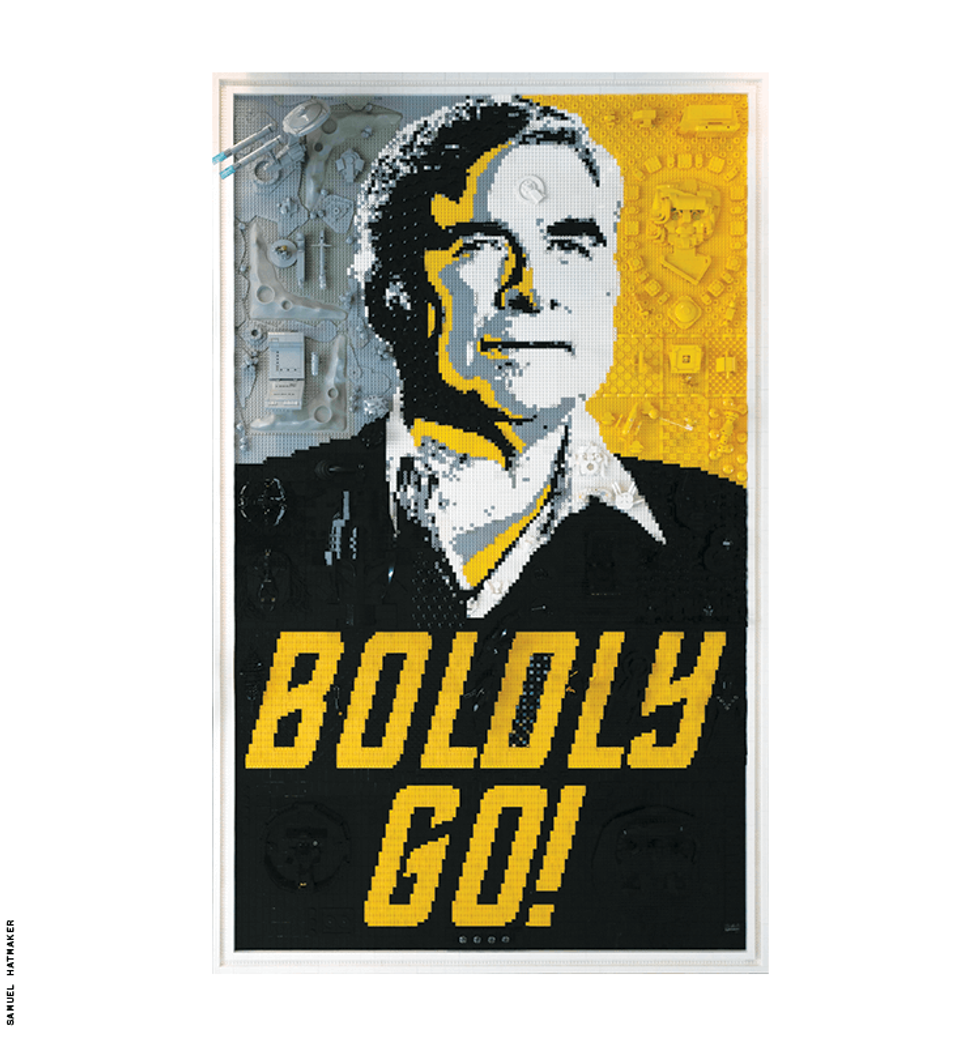
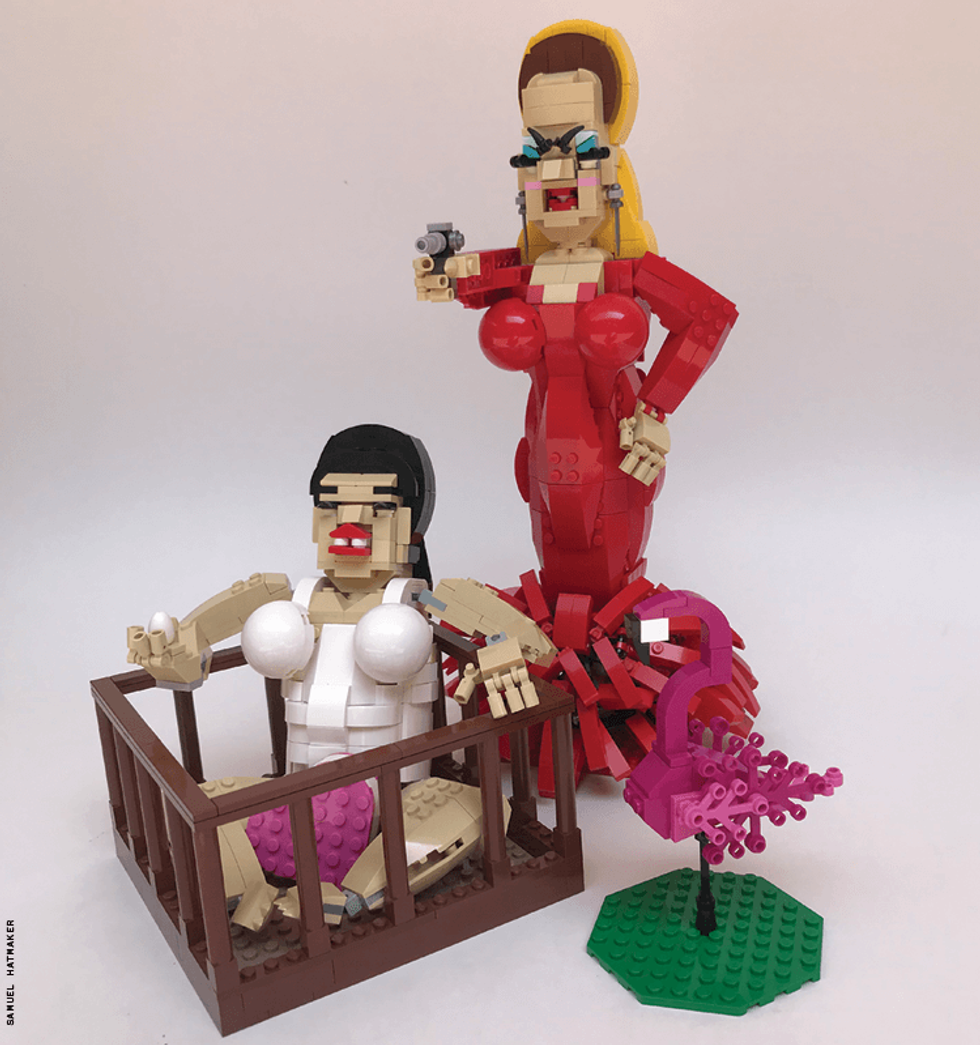
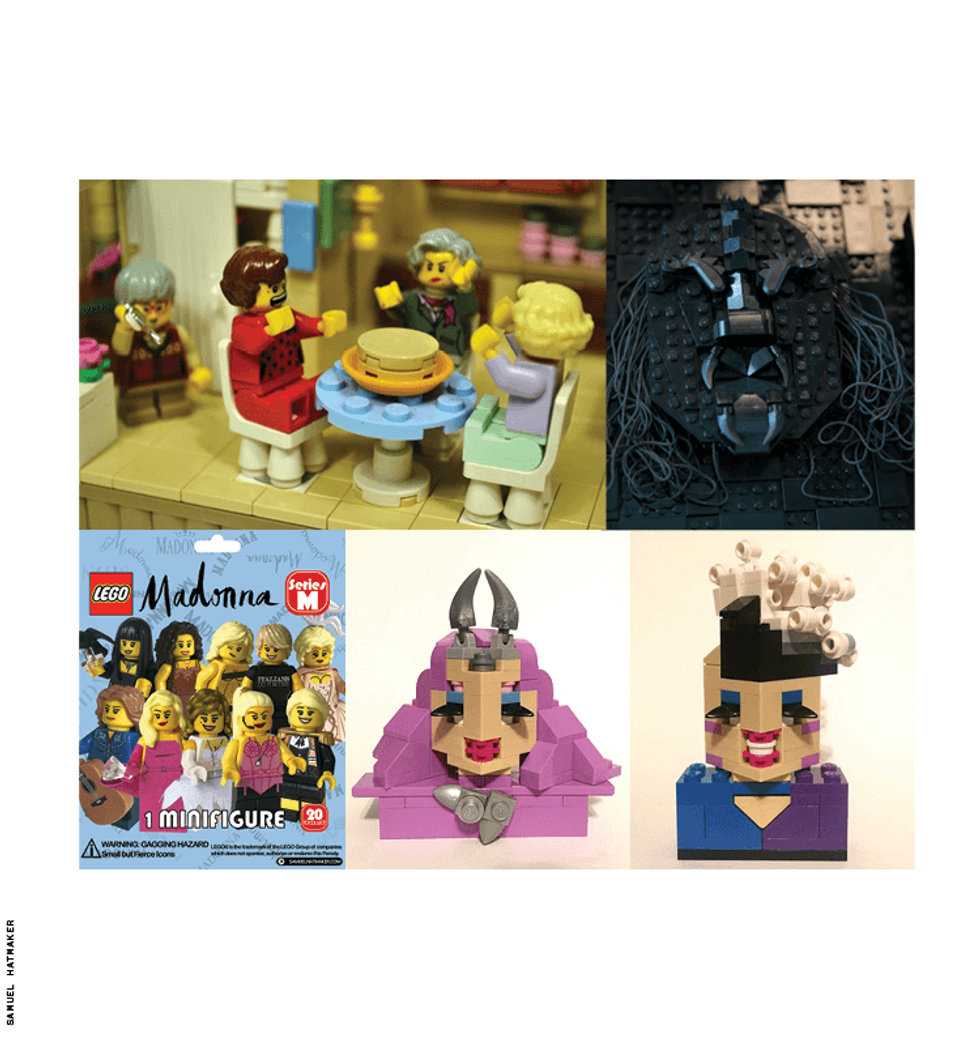
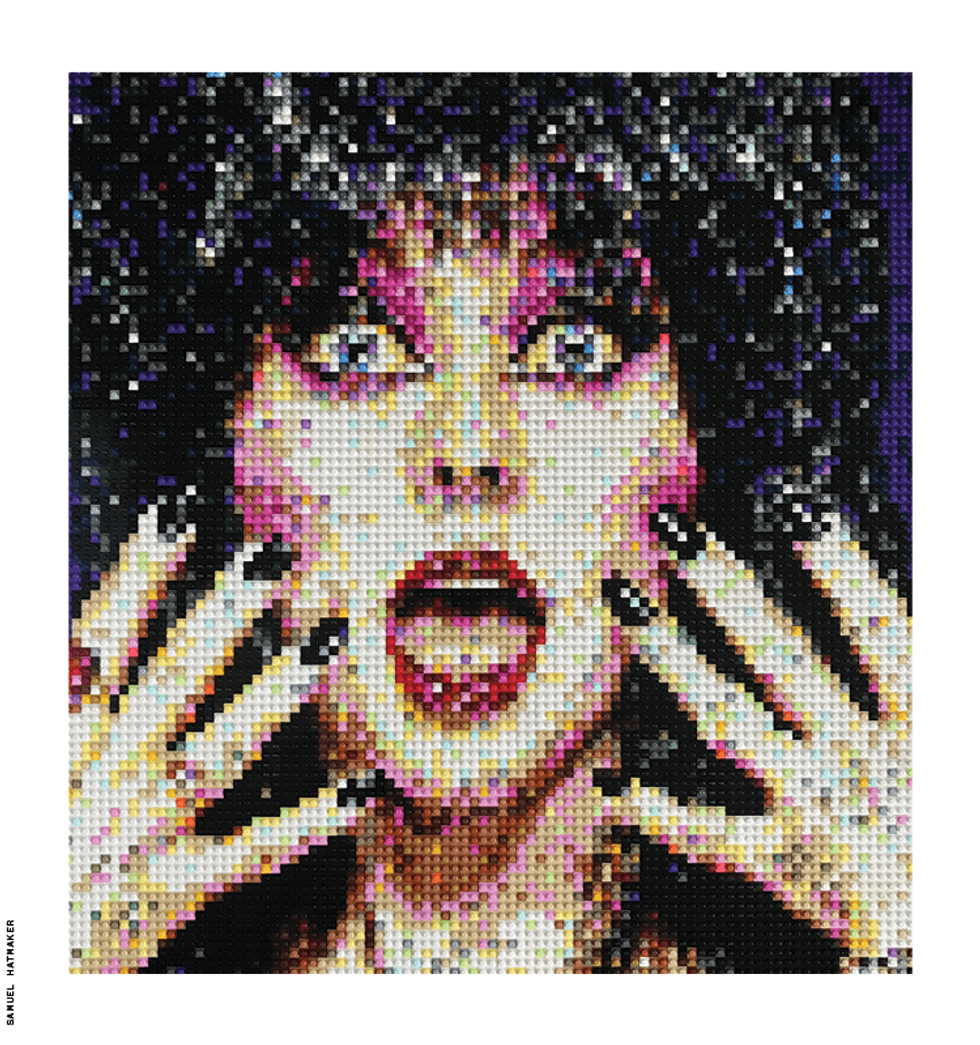



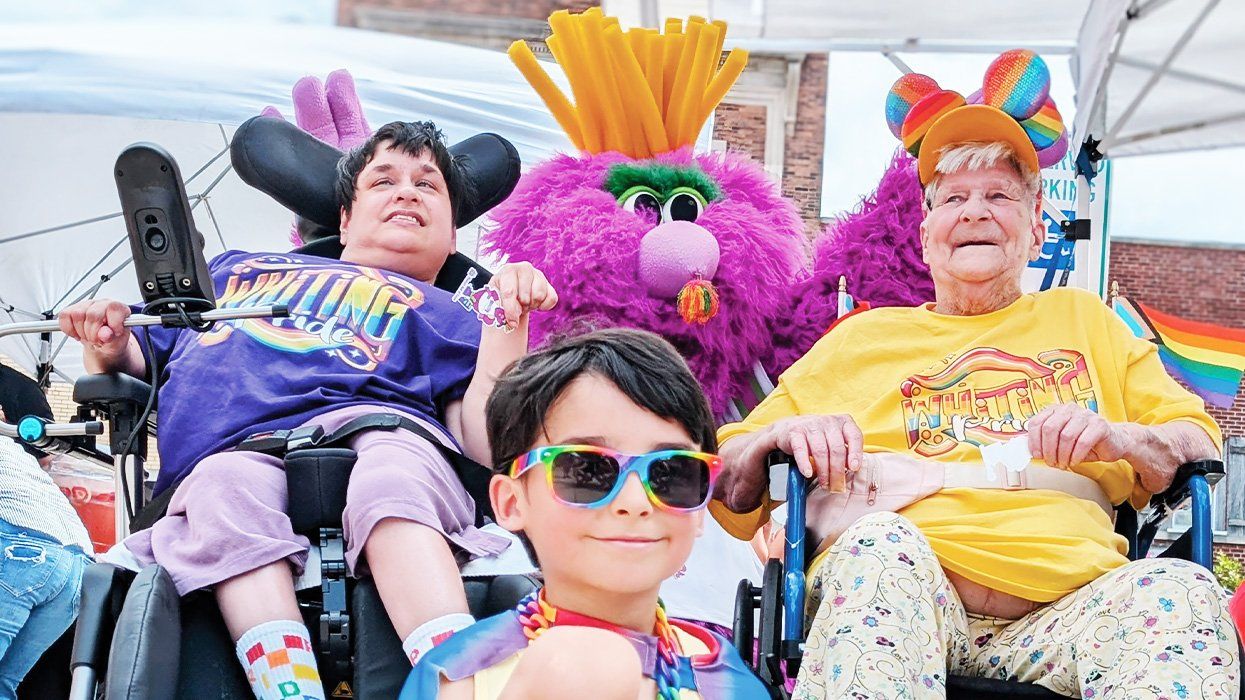


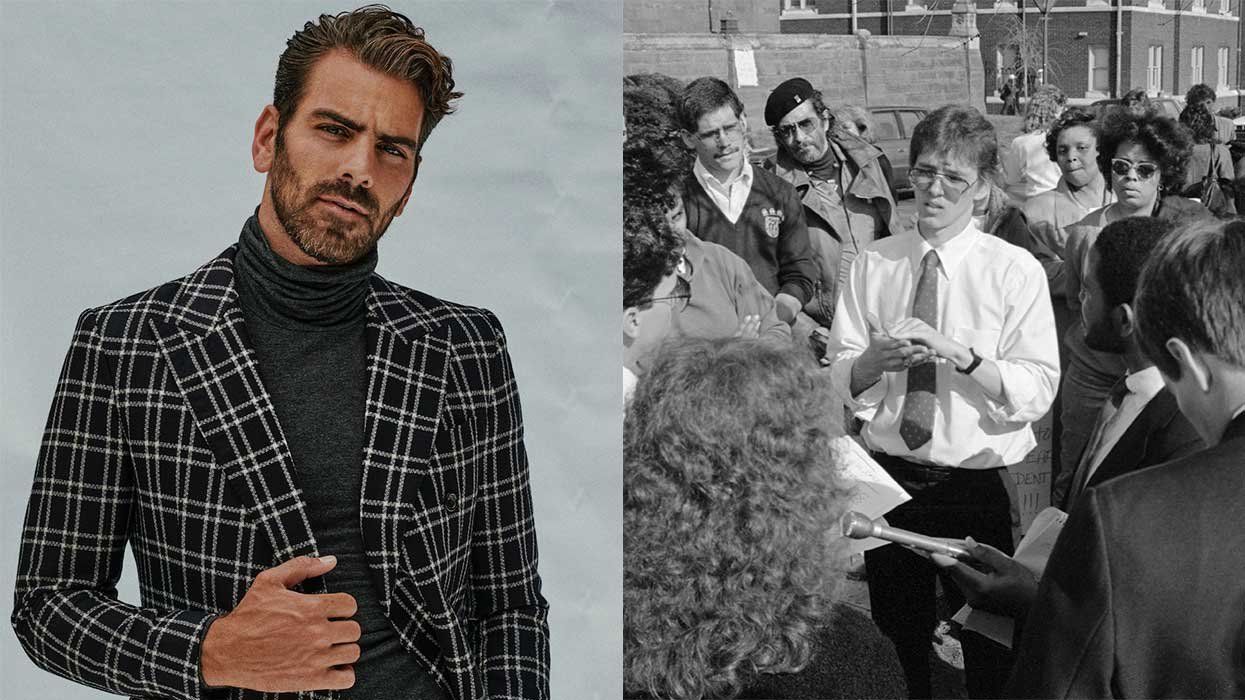
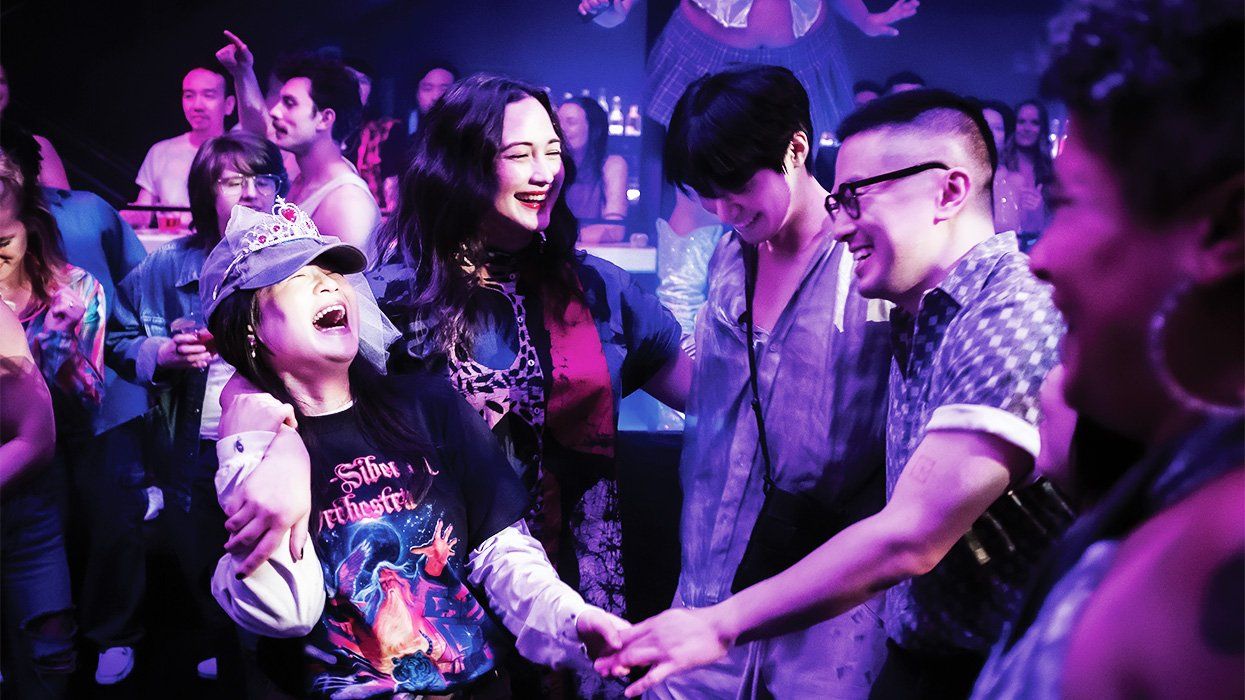
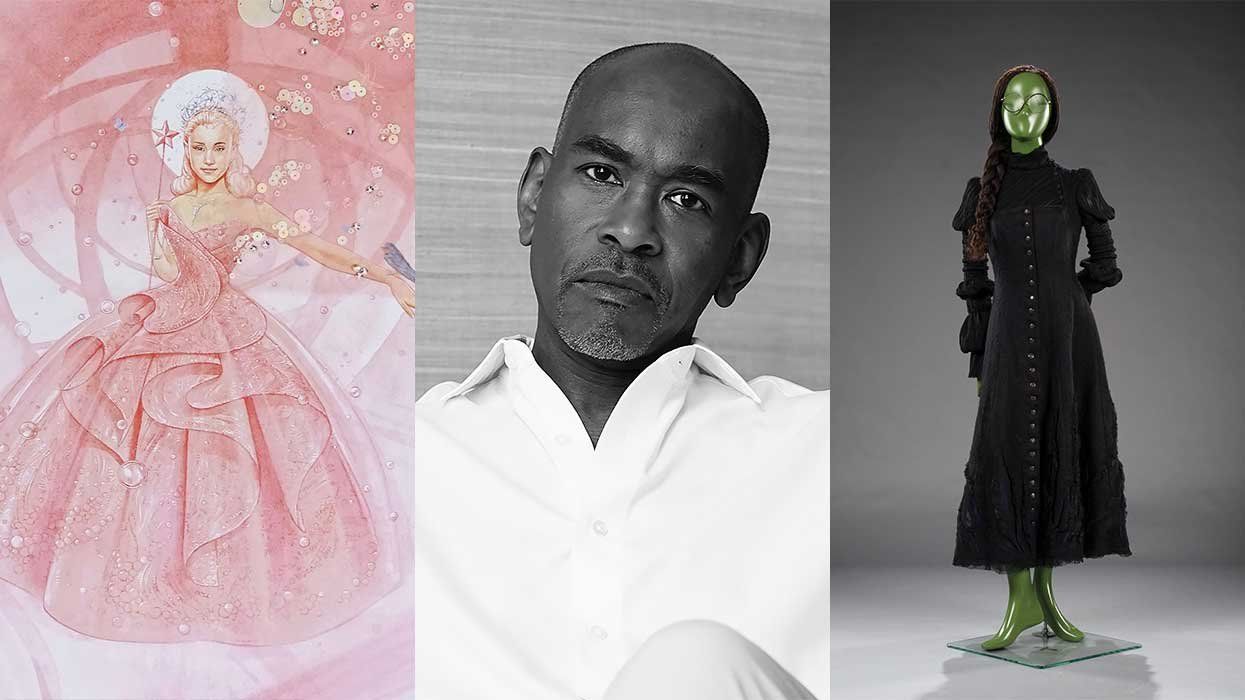



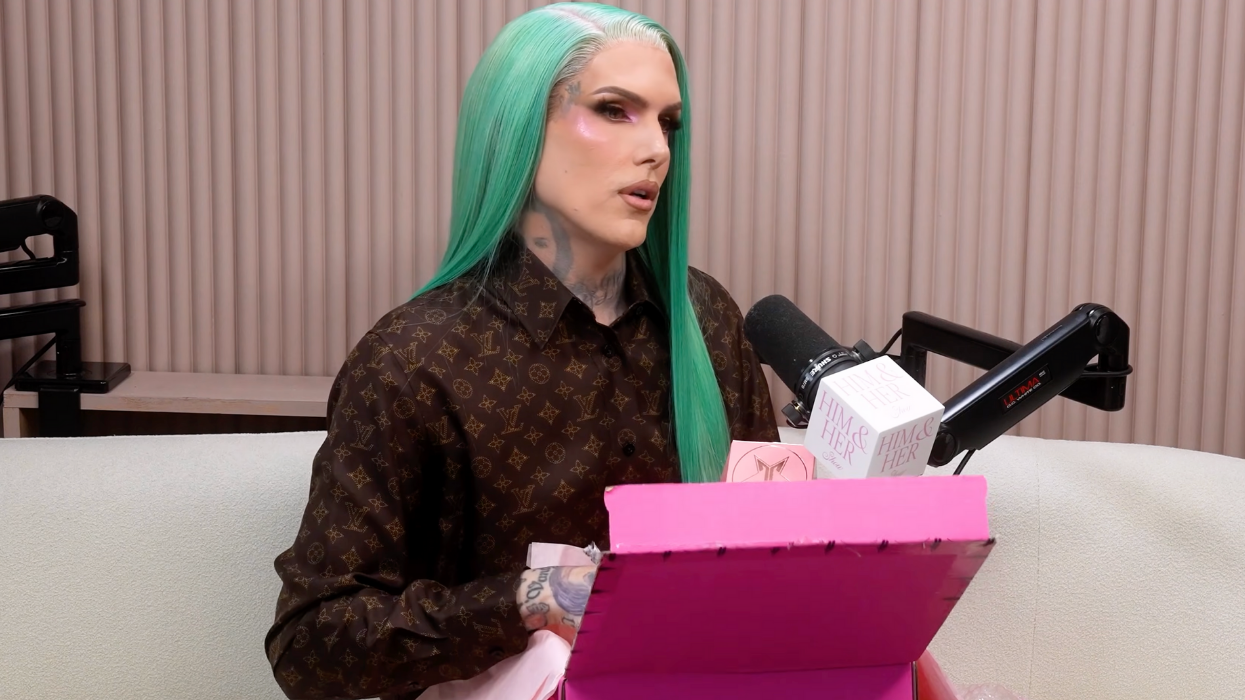
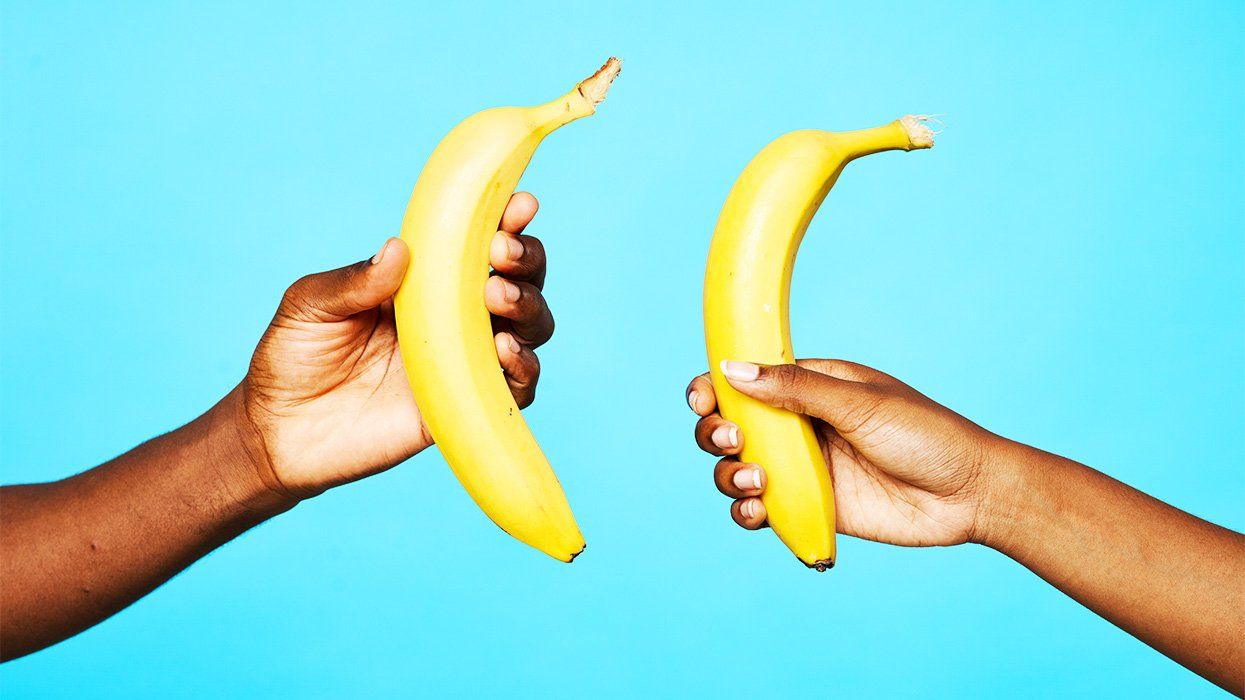

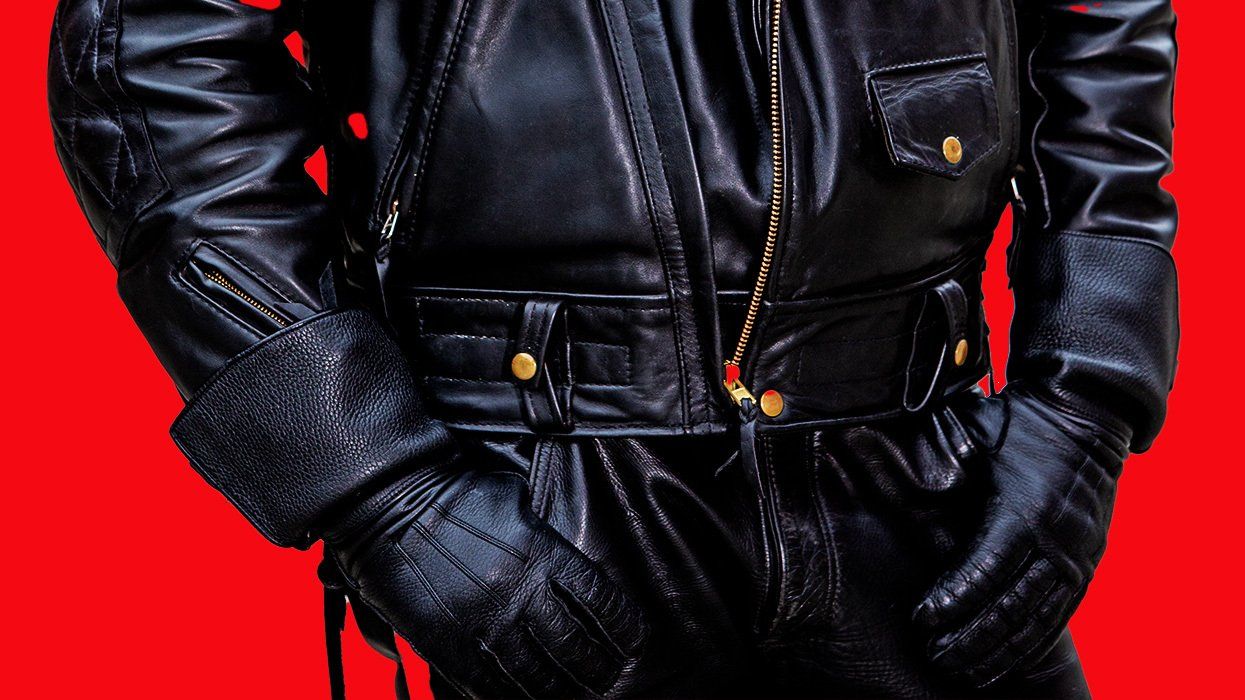
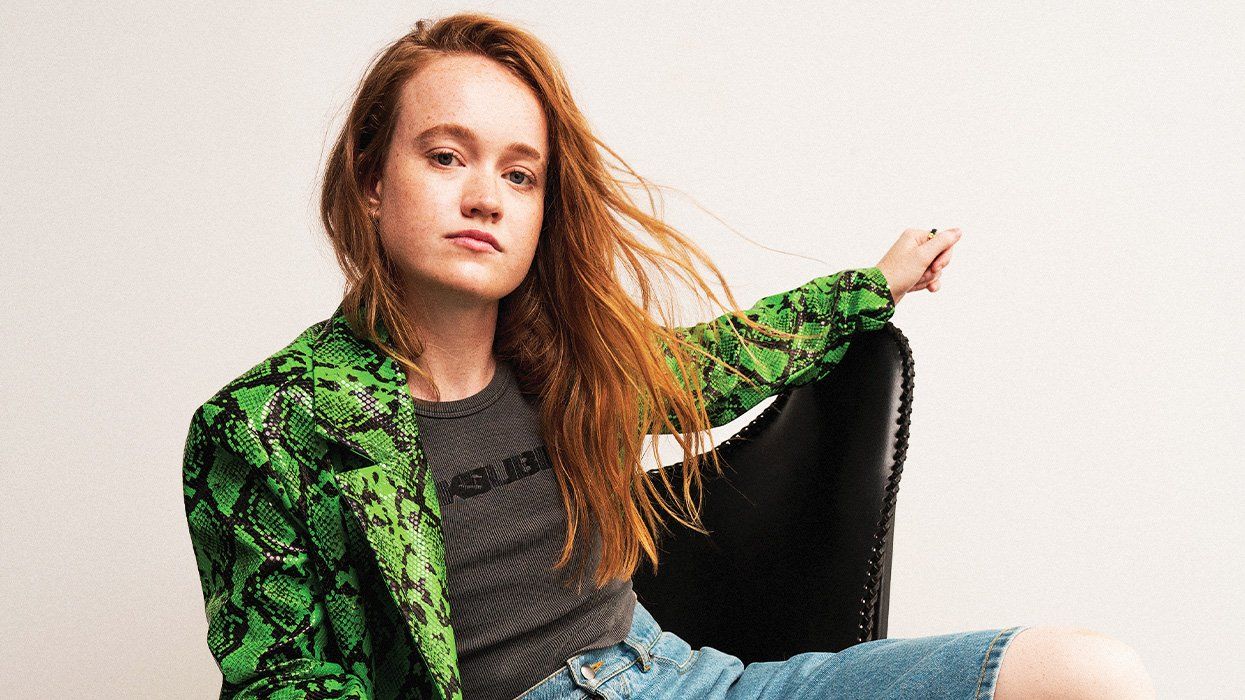
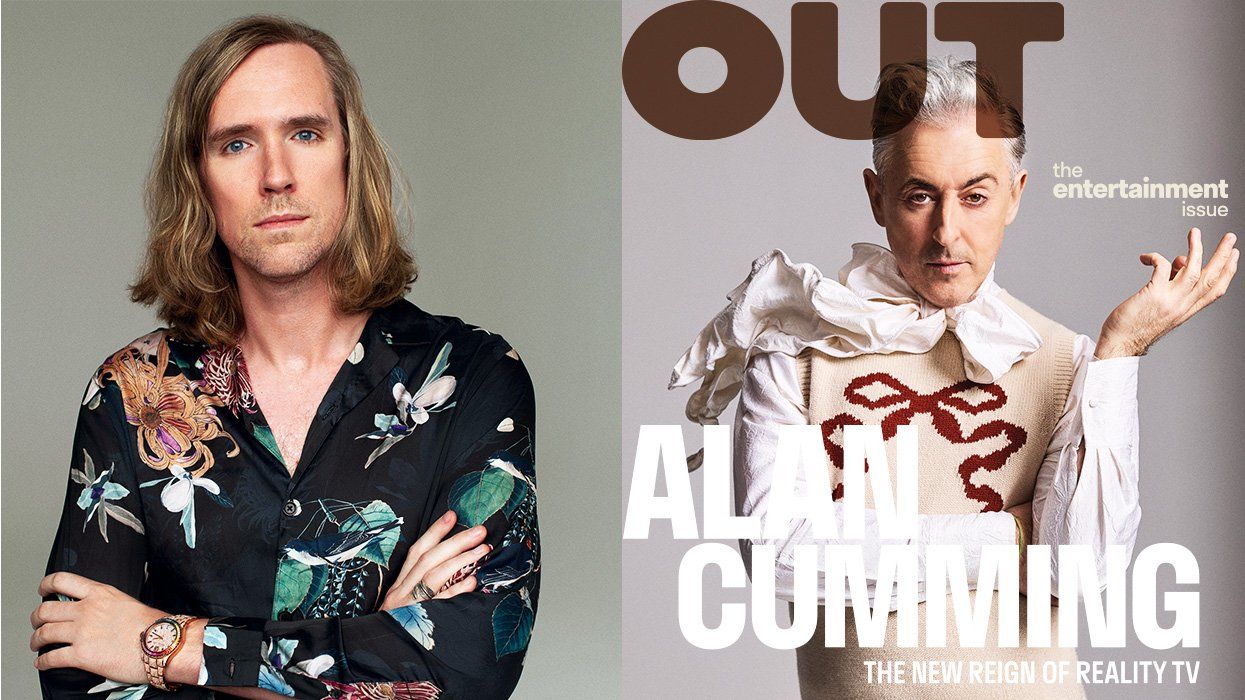
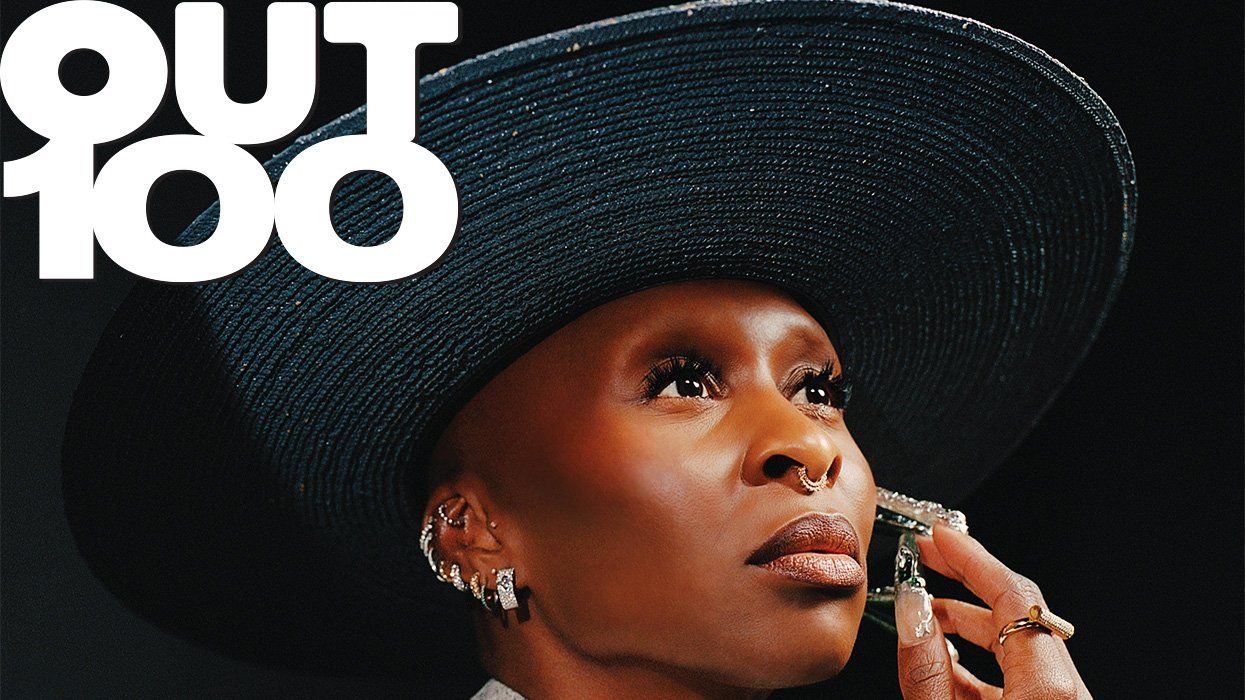

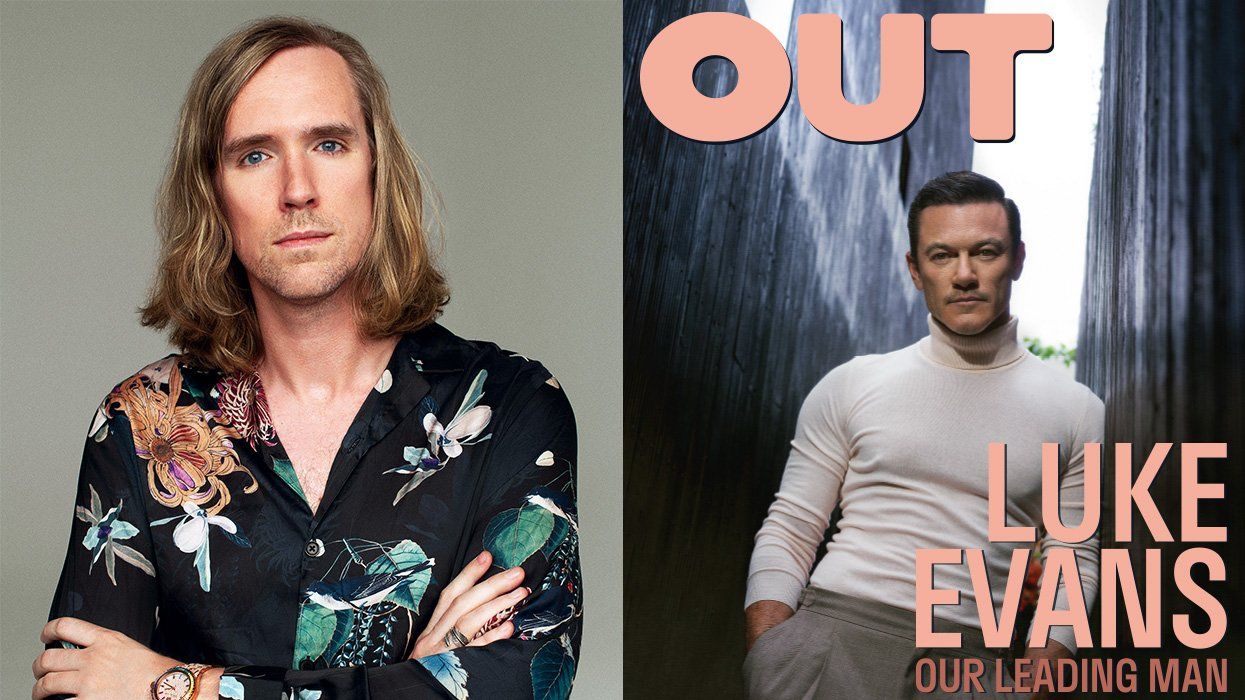
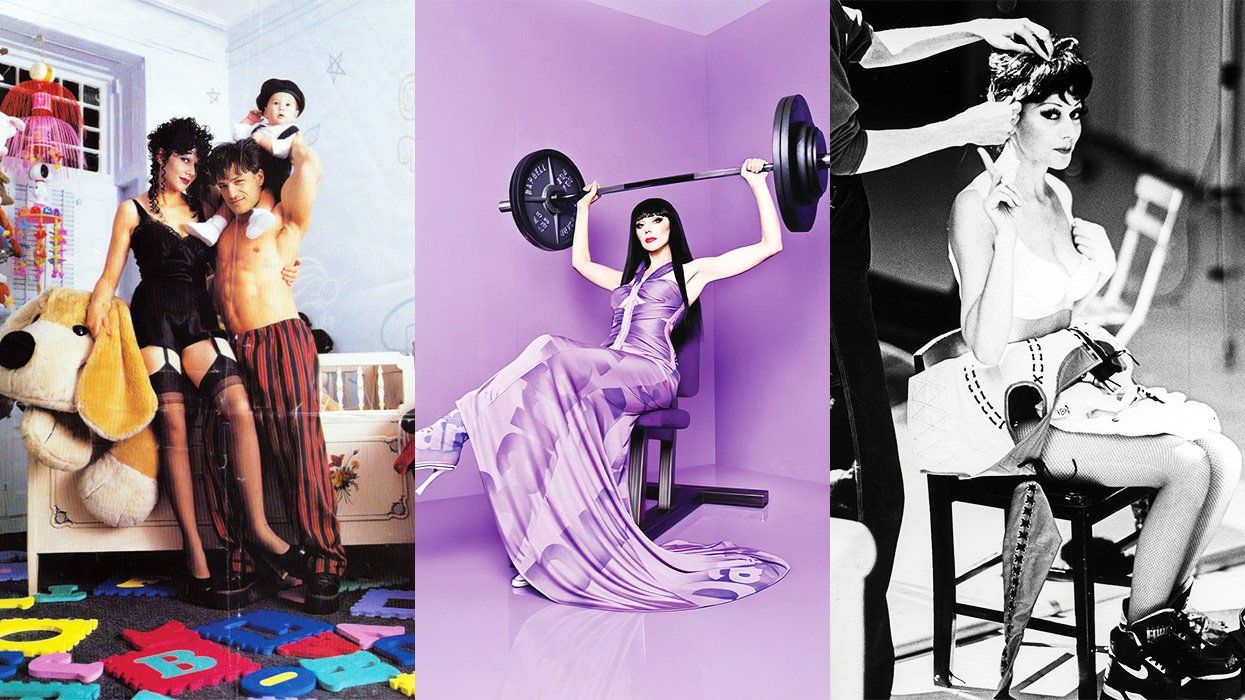
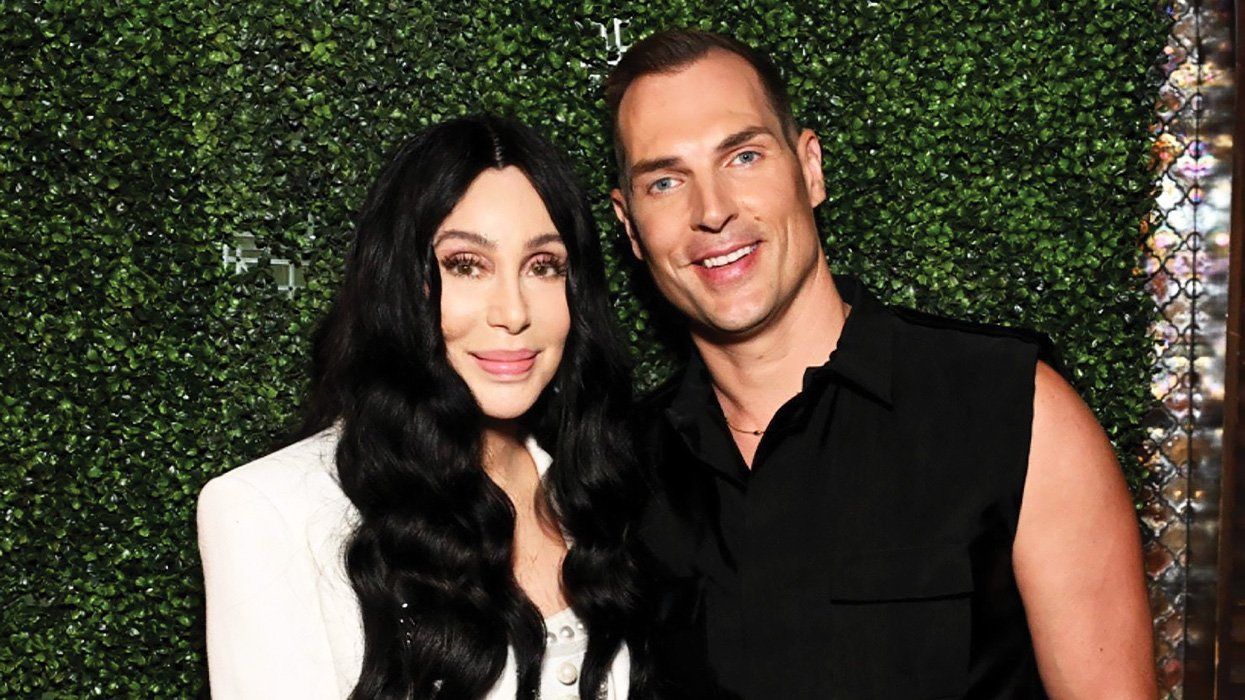

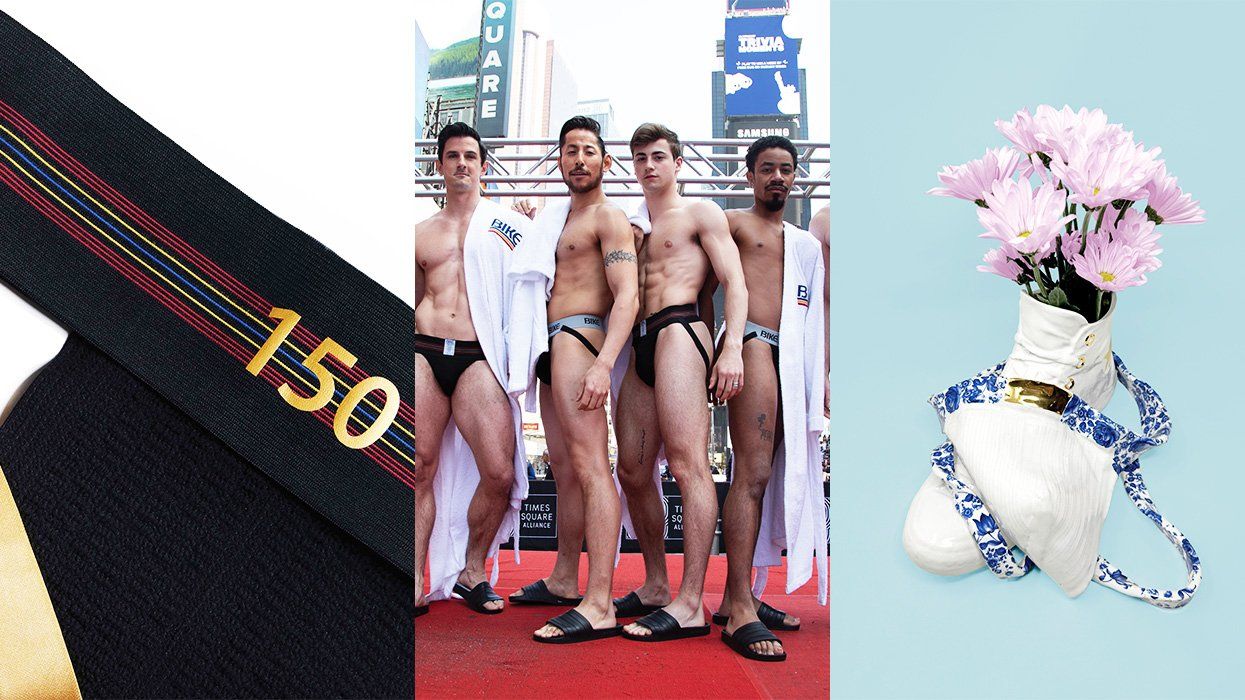


Years before Stonewall, a cafeteria riot became a breakthrough for trans rights
All about the Compton's Cafeteria riot, when drag queens and trans women rose up against police at a diner in San Francisco.